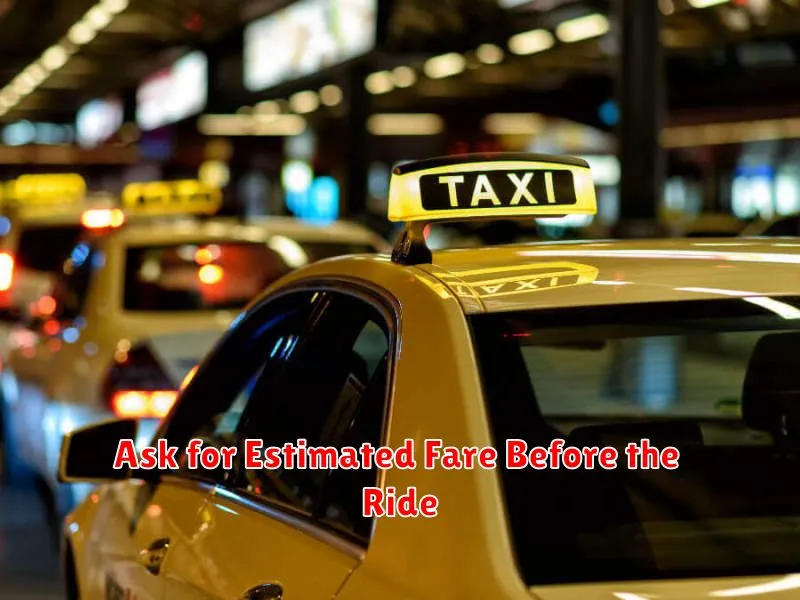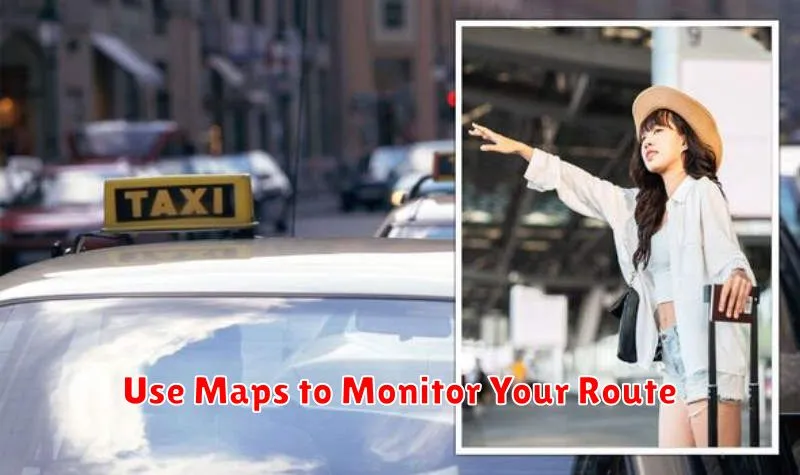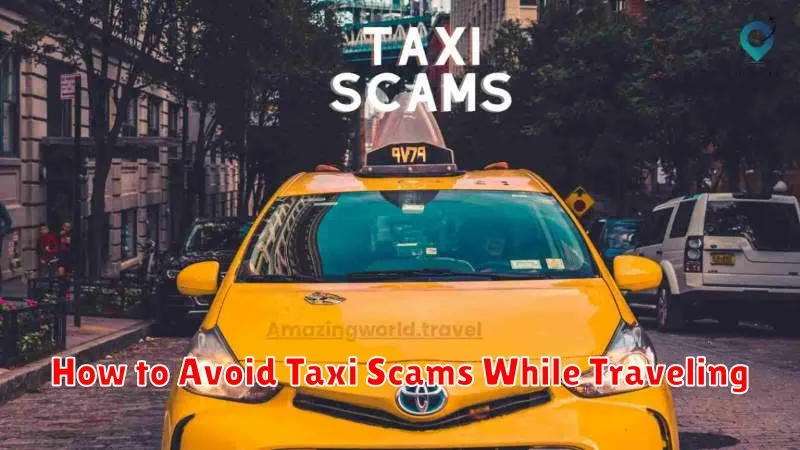Traveling to a new city can be an exciting adventure, but it can also be a breeding ground for taxi scams. Unscrupulous drivers often prey on unsuspecting tourists, employing various tactics to inflate fares. From rigged meters and deliberately long routes to outright demands for excessive payments, falling victim to a taxi scam can quickly sour your travel experience and leave you with less money to enjoy your trip. Learning how to avoid taxi scams is a crucial part of planning any journey, ensuring a smooth and stress-free arrival at your destination. Protect yourself from these common travel scams by understanding how they operate and employing proactive strategies to prevent them.
This comprehensive guide will equip you with the knowledge and tools you need to avoid taxi scams while traveling. We will delve into the most prevalent taxi scams employed worldwide, providing clear examples and offering practical tips for recognizing and avoiding them. Whether you’re a seasoned traveler or embarking on your first international adventure, understanding how to navigate the world of taxis safely and confidently is essential. Learn how to avoid being scammed and ensure your transportation experiences remain positive and hassle-free throughout your travels.
Why Tourists Are Targets for Taxi Scams
Tourists are frequently targeted by taxi scams due to several factors that make them vulnerable. Lack of local knowledge is a primary reason. Unfamiliarity with local fares, routes, and regulations makes it easy for dishonest drivers to inflate prices or take unnecessarily long routes. Tourists are also often burdened with luggage, making it harder to negotiate or switch taxis quickly if they suspect something is amiss.
The language barrier can further complicate matters, hindering clear communication and making it difficult to understand instructions or question discrepancies. Additionally, the excitement and unfamiliarity of a new environment can distract tourists, making them less attentive to potential red flags. Many tourists also carry visible signs of wealth, such as expensive cameras or designer clothing, making them appear as lucrative targets for scammers.
Finally, the limited time tourists have in a destination often pressures them into accepting rides quickly without fully vetting the driver or the fare. This sense of urgency can be exploited by unscrupulous taxi drivers seeking to take advantage of the situation.
Only Use Licensed Taxis or Apps
A key strategy to avoid taxi scams is to only use licensed taxis or ride-hailing apps. Licensed taxis are regulated and typically have meters or set fares, reducing the risk of overcharging. Ride-hailing apps offer transparency with upfront pricing and driver identification, adding a layer of security.
Look for official markings on taxis, such as license numbers displayed prominently. If unsure, ask your hotel or a local business to recommend a reputable taxi company or app. Avoid taxis that solicit you aggressively or refuse to use the meter. With ride-hailing apps, confirm the driver’s information and vehicle details match what is displayed in the app before entering the vehicle.
Ask for Estimated Fare Before the Ride

One of the most common taxi scams involves inflated fares at the end of your trip. To avoid this, always inquire about the estimated cost before you even get in the cab. Ask the driver for an approximate fare to your destination, specifying the address clearly. If possible, confirm the use of a meter or a pre-agreed fixed price. This upfront communication can prevent unpleasant surprises and potential disputes later on.
If the driver refuses to provide an estimate, it’s a major red flag. Consider this a warning sign and find a different taxi. A reputable driver should be transparent about the cost. Don’t hesitate to negotiate the fare, especially in countries where haggling is customary. Being proactive about the fare can save you money and hassle.
You can also utilize ride-hailing apps, as they provide upfront fare estimates and often have fixed pricing. While these apps might not be available everywhere, they offer a good alternative in many cities and can serve as a benchmark for comparing taxi fares.
Use Maps to Monitor Your Route

One of the most effective ways to avoid taxi scams is to actively monitor your route using a map application on your smartphone or other device. Familiarize yourself with the general route to your destination before you even get in the taxi.
During the ride, follow the route in real-time. This allows you to ensure the driver is taking a reasonable and direct path. If the driver deviates significantly, you can politely inquire about the change in route. Having a map handy gives you the information necessary to challenge any potentially deceptive practices.
Being aware of your location and the correct route empowers you to avoid unnecessary detours and inflated fares, which are common tactics used in taxi scams.
Avoid Unmarked or Shared Taxis
Unmarked taxis pose a significant risk, as they are often unregulated and may not adhere to safety standards. Always opt for clearly marked, licensed taxis, especially when arriving in a new city or country. These taxis are generally safer and more accountable. Look for official markings like license plates, company logos, and taxi numbers.
Shared taxis, while sometimes cheaper, can be unpredictable. You might experience unexpected delays, detours, or changes in the agreed-upon fare. Prioritize your safety and comfort by choosing a private taxi. This allows for a direct route to your destination and minimizes potential issues.
If you are unsure about the legitimacy of a taxi, do not hesitate to politely decline and seek alternative transportation. It’s better to be cautious and find a reputable taxi service or use public transportation than to risk your safety and well-being.
Don’t Pay with Large Bills
Taxi scams often involve drivers claiming they don’t have change for large bills. This forces you to either overpay or engage in a frustrating argument. Always carry smaller denominations of local currency specifically for taxi fares. This allows you to pay the exact amount or close to it, minimizing the opportunity for the driver to shortchange you.
If you only have large bills, ask the driver before you start the trip if they can make change. If they say no, consider finding another taxi or using a ride-hailing app where payment is handled electronically.
What to Do If You Suspect a Scam
If you believe you are being scammed by a taxi driver, it’s crucial to remain calm and prioritize your safety. Do not engage in arguments or confrontations with the driver, especially if you are alone or in an unfamiliar area.
If possible, discreetly note down important details such as the taxi’s license plate number, the driver’s name or ID number (if displayed), and any identifying features of the vehicle. Use your phone to take a picture of the taxi if you can do so safely.
Refuse to pay the inflated fare. Offer to pay the amount you believe is reasonable based on a pre-agreed price, a metered fare, or an estimate from a reliable source. If the driver insists on the inflated price, clearly state that you will report the incident to the authorities.
Once you are safely out of the taxi, contact the local authorities. This might be the police, tourist police, or a transportation authority. Provide them with all the information you gathered. If you have a hotel or local contact, ask for their assistance in reporting the incident.

